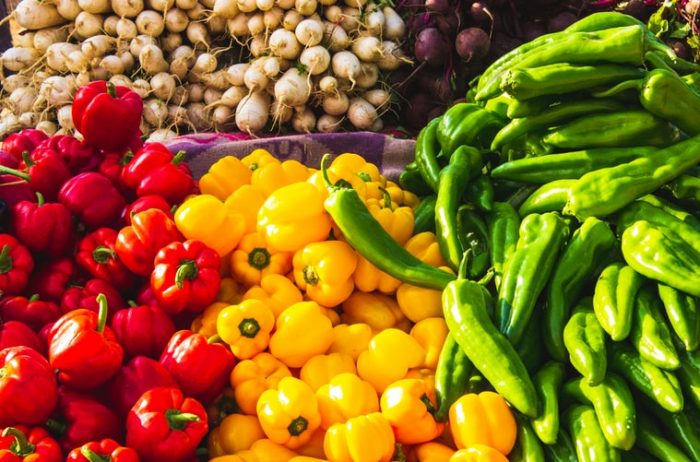Homotrophic Nutrition – What Does It Mean?
Nutrition is a scientific system that recognizes the constituents of food and how they relate to development, growth, maintenance, health and survival of an organism. It comprises absorption, metabolism, assimilation, synthesis, utilization and exogenesis. Food is considered nutrition if it contributes to the growth, maintenance and function of an organism for a sustainable life.

Understanding Nutrition
It also comprises the biochemical processes by which energy is obtained from food and the process by which the food is converted into other nutrients. Nutritional science deals with the relationships between nutrition, the growth of an organism and the environment.
Nutrition is the study of the relation between food and plant nutrition. Plant nutrition studies the relationship between nutritional elements and physiological characteristics of plants. The relationship between these two forms of nutrition is important to plant health and plant productivity. These studies have direct applications in human nutrition such as controlling diseases, preventing and controlling nutrition-related problems, developing crops and improving the quality of human and animal foods.

Nutrition In Practice
Nutrition is a science concerned with the study of the foods that animals eat and the substances that animals metabolize to derive nutrients from food. This involves the assessment of nutrient content, physiological properties and the ability of a living thing to absorb and utilize nutrients. An important aspect of this field is food structure, which refers to the arrangement of nutrients in foods or of the nutrients available in the environment. This class of scientists makes use of many different approaches to describe the nutrition of foods and their environments.
Nutrition is the study of nutrients in plants and of the effects of nutrition on the development and growth of organisms. Plants derive most of their nutrients from sunlight, water and soil nutrients. They need vitamins, minerals, certain proteins and carbohydrates to grow and develop. They are categorized into macro-nutrients and micro-nutrients. Examples of macro-nutrients are Iron, Calcium, Zinc, Potassium, Folic Acid, Vitamin A, Vitamin E and Vitamin D. On the other hand, micro-nutrients are elements, ions, hormones, enzymes and antibiotics that are important to the proper growth and development of an animal.

Conclusion
Animals do not derive their nutrition from plants, but animals can be categorized into vegetarians and carnivores. Vegetarians eat animal-made foods such as milk and eggs, while carnivores eat foods such as meat, fish, insects, small animals and berries. Plants provide carbohydrates, proteins, fats, vitamins, and minerals to the animals and humans that eat them.
The study of plant nutrition is called heterotrophic nutrition. The name comes from the Greek words for” heterotrophic” and “plant”. heterotrophic nutrition Plants that are considered to be heterotrophic include algae and fungi, plants with prokaryotic tendencies, protoplasts (single-celled algae), bacteria, protozoa, spheroplasts, yeasts, and eukaryotic plants.